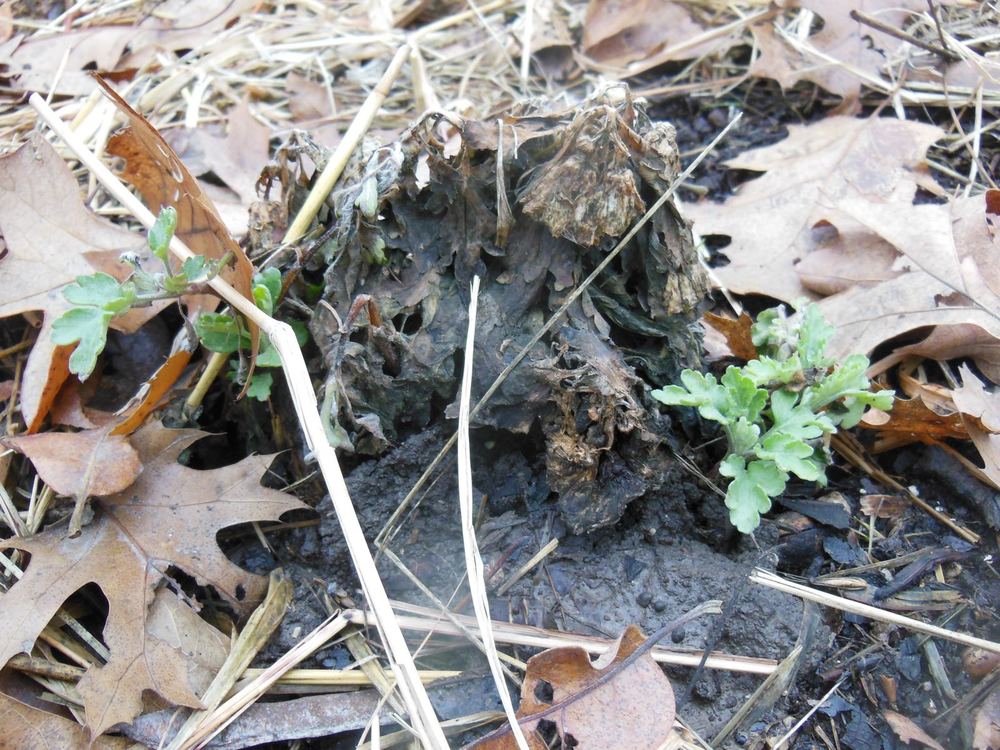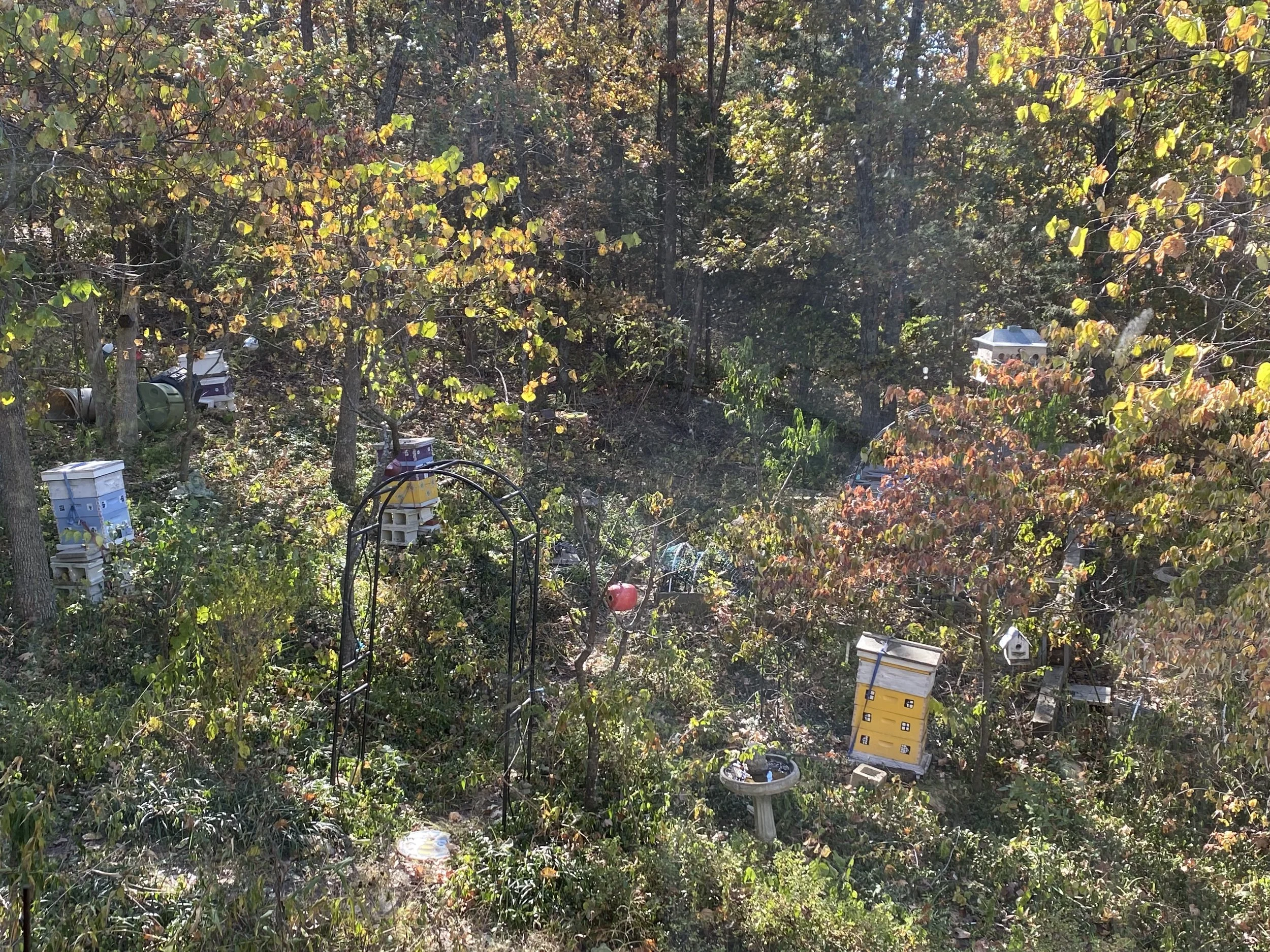Dried Orange Slice Christmas Tree Garland
/Dried orange slices strung as a garland through a Christmas tree.
Dried Orange Slice Christmas Tree Garland
Did you ever string popcorn for Christmas tree garland?
I did many years ago. I decorated a small outside cedar only to watch wild turkeys dragging the strung popcorn off as a treat the next morning.
I thought about those wild turkeys when I saw this lovely dried orange slice garland on a Christmas tree at the Henry Shaw country house at Missouri's Botanical Garden, St. Louis.
With Christmas trees staying up all year, or being transformed into Easter home decor, these dried oranges add nice color.
Oranges are a favorite treat of one of my favorite summer garden bird visitors. Luckily Baltimore Orioles have migrated by December or those dried orange slice Christmas tree garlands - or whenever they are used through the year - wouldn't have a chance!
Charlotte


































